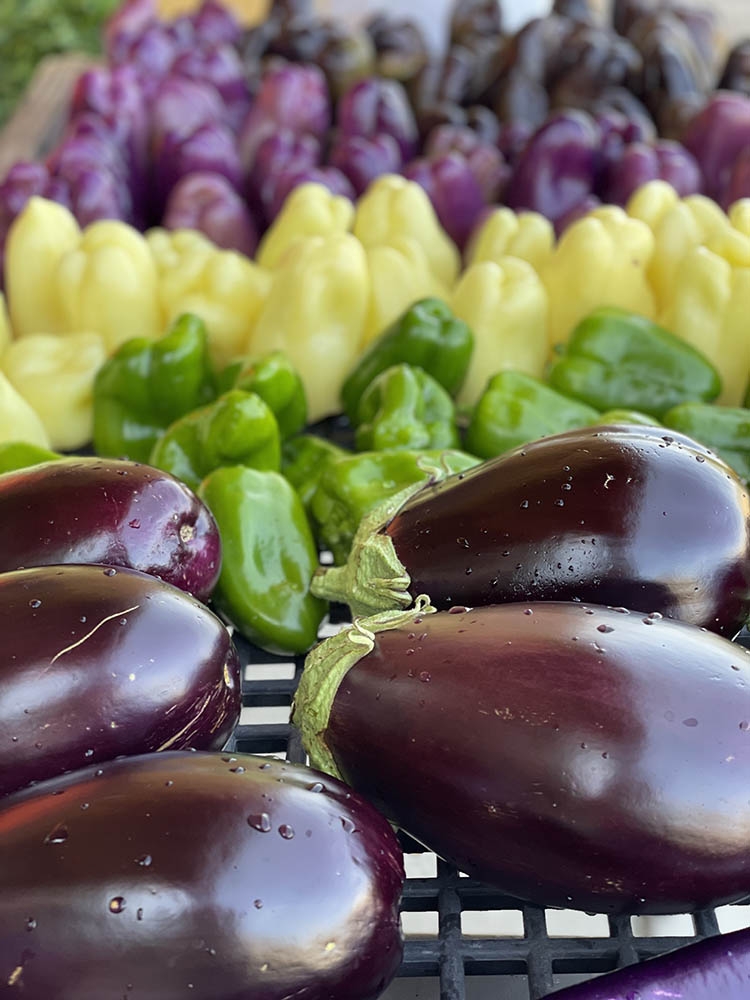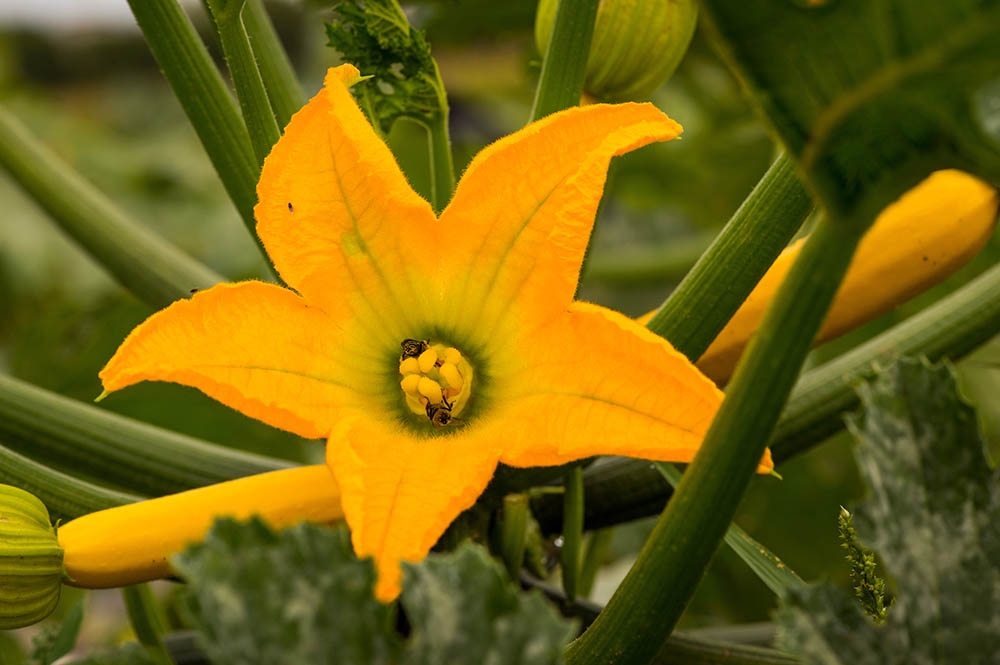What’s That Buzz? A Pollination Syndrome in Your Garden
June is the time of year gardeners are busy growing crops in hopes of an end-of-summer bounty of fruits and veggies to be harvested. Leading up to this harvest, gardeners tend diligently by fertilizing, pinching and watering. But there is one more thing that is essential to a good backyard harvest: the right pollinator to finish the job. It’s no secret that we rely on pollinators for plant biodiversity and crop sustainability; but did you know it sometimes takes a specific pollinator to be able to fertilize those veggie flowers in your garden?
Some pollinators, specifically certain species of solitary bees and bumblebees, use distinct vibrations made by contracting their flight muscles to help extract pollen from flowers. They hold on tight to the flower and start vibrating away; in doing so, the bees incidentally fertilize flowers as they visit them. This term is known as “buzz pollination” or “floral sonication.”
This is important because in some flowers’ morphology, the pollen is crammed tightly into the anther (the part of the plant that holds the pollen) and can only be released from the tip through pores or slits (the technical term is “poricidal”). The classic example one can think of is by looking at the nightshade family (i.e. Solanum, or tomato) flower, where the pollen is tucked away in the center yellow column-like tubes protruding from the flower. Without sonication, most insects are unable to access the nutritious pollen that is packed in this way. But, in buzzing and booming away at the perfect frequency and amplitude, bumblebees can access this nutritious meal and meanwhile drop off pollen from earlier stops they make, therefore fertilizing flowers as they go.
Not all pollinators are capable of this buzz pollinating. Only about half of all bee species can generate the frequencies required to release pollen; this buzzing mechanism is restricted to bumblebees and many types of solitary bees. Oddly enough, honeybees are unable to pollinate in this manner. Although honeybees can do some of the pollinating, they are not as efficient in producing the same high crop yields that the bumblebees can.
The type of flower morphology that requires buzz pollination assistance is also limited to certain species of flowering plants – the more well-known ones including tomato, eggplant, tomatillo, kiwi and blueberry. If your veggie garden is full of tomatoes and eggplant, that means a lot of it will necessitate bumblebees and solitary bees to ensure flowers are fertilized with resulting fruits being made! There is, however, still room for the bustling honeybee in the veggie garden. Some crops do not have a need for those special mechanical vibrations to access pollen, including squashes and gourds.
Next time you hear those humble, bumbling bumblebees “happily a-buzzing” away in your garden beds, hopefully you will give some praise and remember their important role to the crops we grow and eat every day!
This article first appeared in the June issue of Life on Capitol Hill.
Gallery




Add new comment